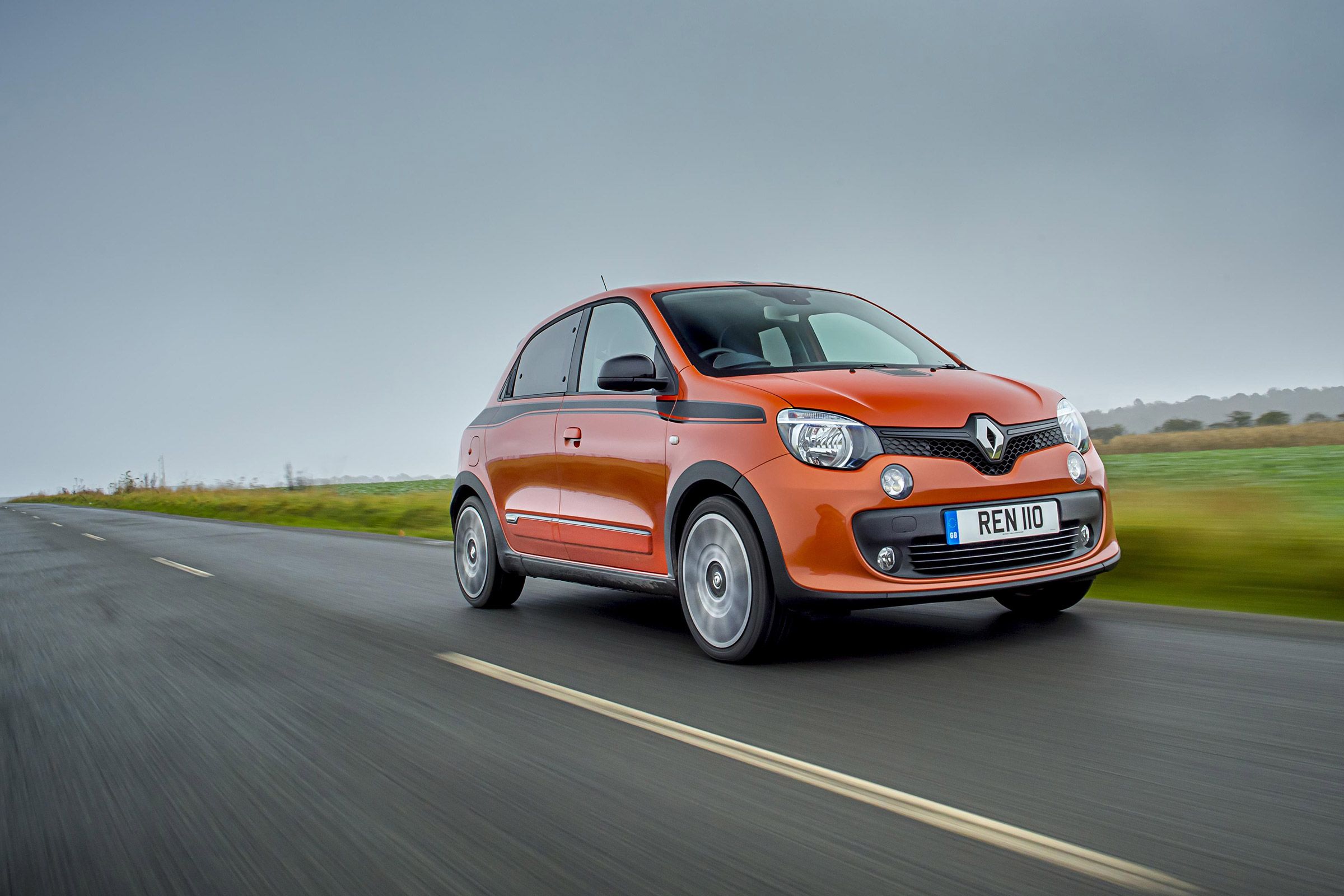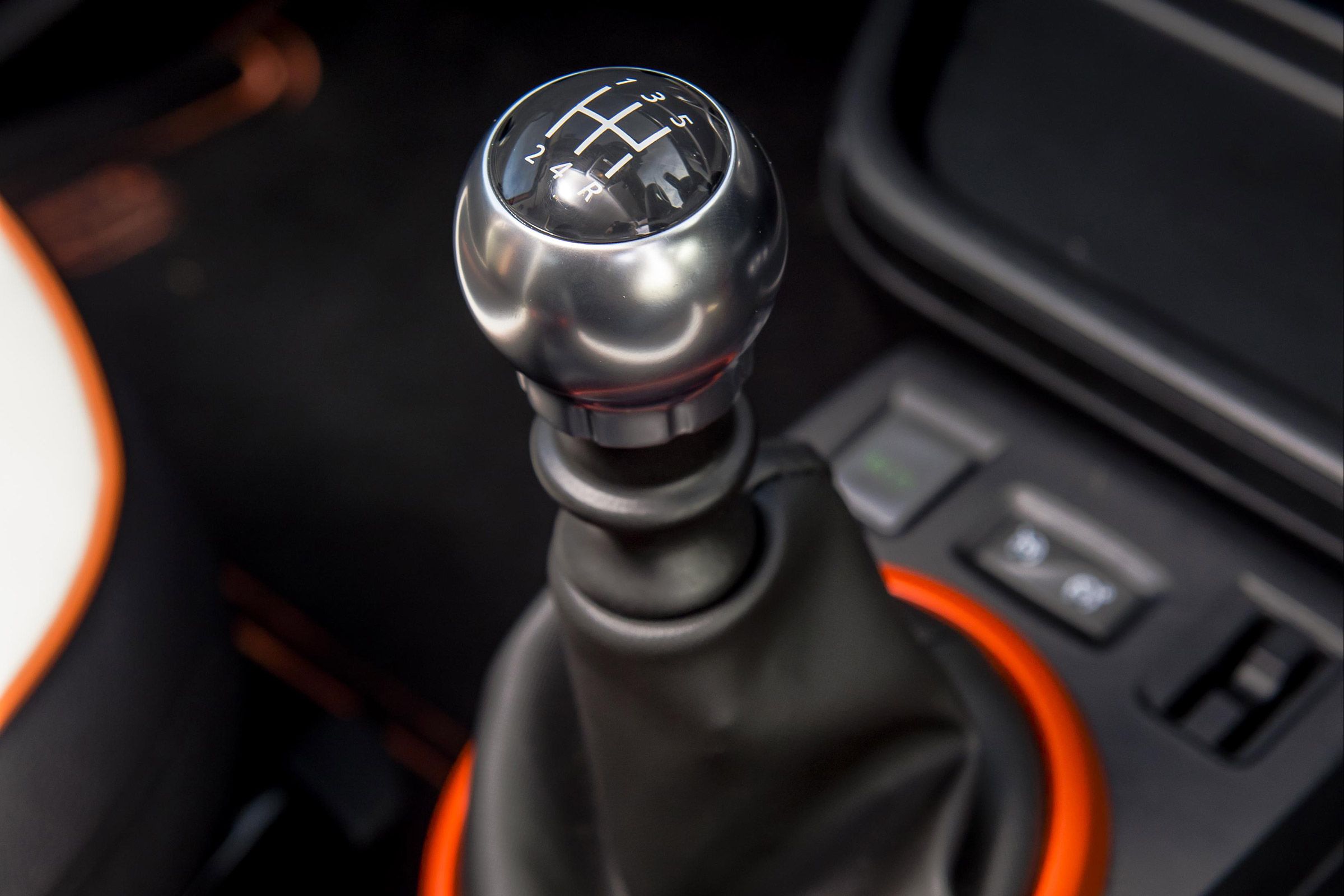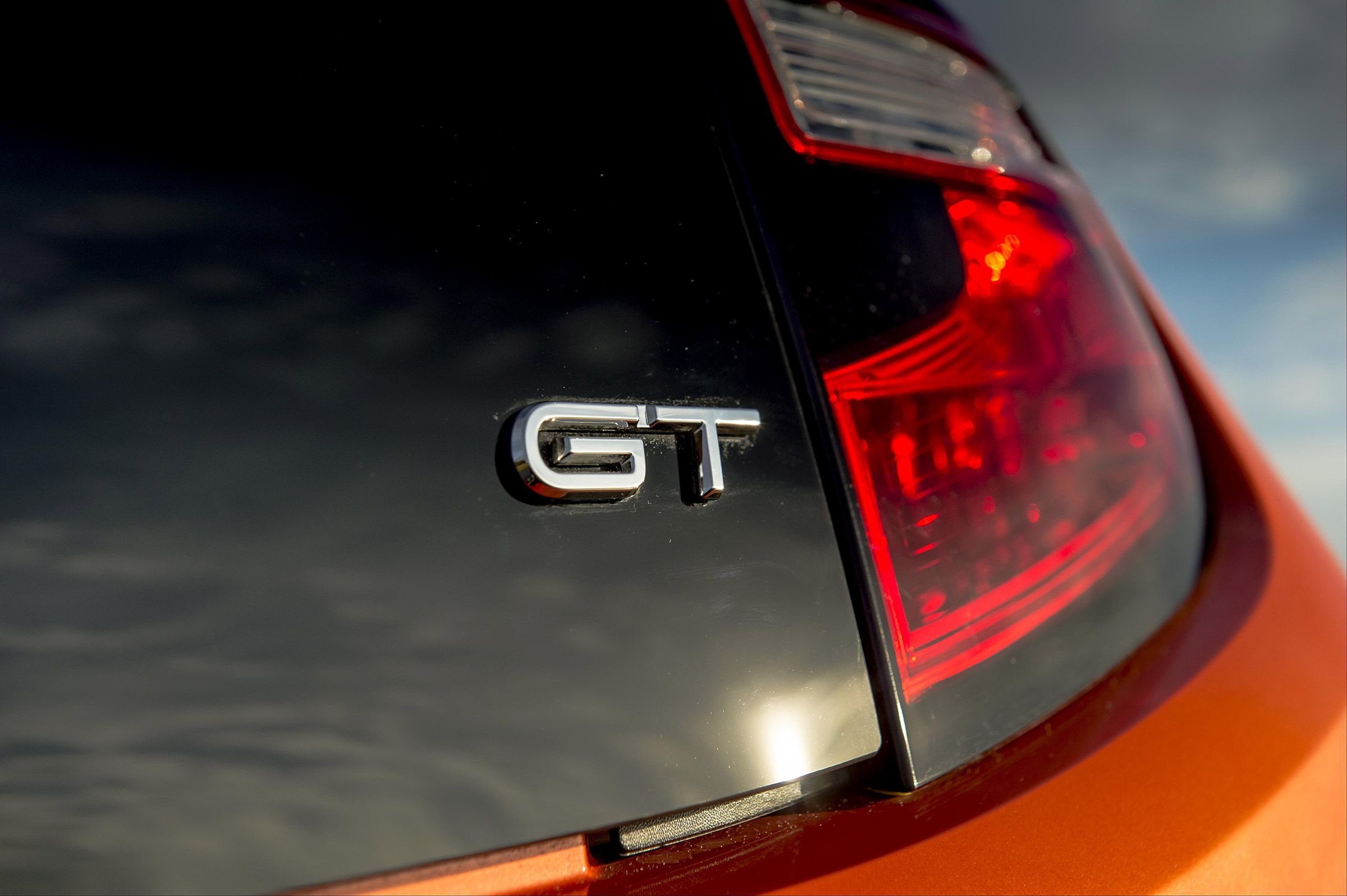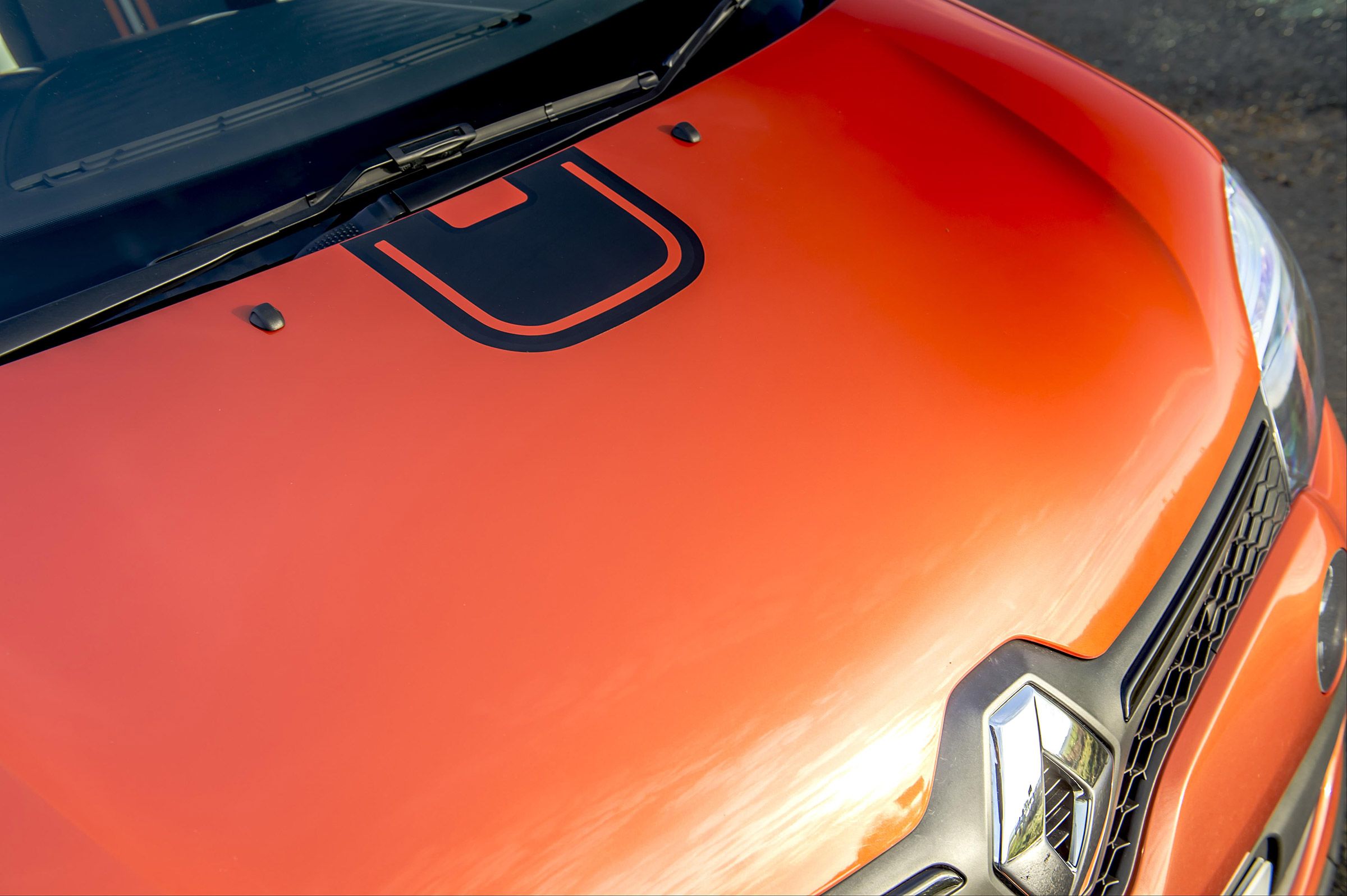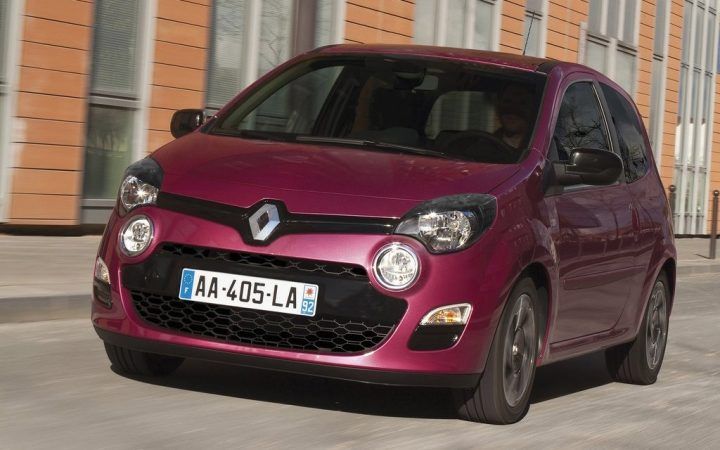The standard Twingo offers 90 horsepower and 100 pound-feet of torque, but the GT model takes it up a notch with an upgraded intake and ECU tune. This boosts the output to 110 horsepower and 125 pound-feet of torque – an increase of 20 horsepower and 25 pound-feet.
You might not think that 20 horsepower makes much of a difference, but when you consider that the Twingo only weighs around 2,205 pounds, it has a noticeable impact. It makes the Twingo a lot more fun to drive, and it can even keep up with a Volkswagen Up in a straight line. This makes it one of the quickest city cars on the market. It has plenty of speed for city driving and is sure to put a smile on your face.
The Renault Twingo GT, imagined by the company’s performance division, Renault Sport, is the warmest model in the Twingo line-up. It is not a successor to the Twingo 133, but rather a more sporty version of the city car. This third-generation Twingo has been developed with Smart, and features a rear-engined setup with the engine at the back and drive sent to the rear wheels.
Unfortunately, the Twingo GT is limited in what it can offer in terms of power. The 898cc, three-cylinder turbo engine is taken from the standard model, but its power is increased from 89bhp to 109bhp by a remap and a new air vent. The only gearbox option is a five-speed manual, allowing the car to reach 62mph in 9.6 seconds and run on to 113mph.
Renault Sport has discovered that the market for very focused, stiff-riding A-segment cars is very small, which is why there will not be a full-spec Renault Sport model. The Twingo GT is the fastest, sportiest model that the company can offer.
The Renault Sport division has built its reputation on the quality of its chassis, and the Twingo 133 is a perfect example of its capabilities. For the new Twingo, Renault Sport has made some minor changes to the suspension, including 40% stiffer springs and dampers, as well as a 20mm lower ride height and a thicker front anti-roll bar. The tyres were developed exclusively for the Twingo GT with Yokohama, and the electronic stability control has been adjusted to allow a bit more slip before intervening.
The Renault Twingo GT boasts unique graphics, 17-inch wheels, and dual exhaust pipes that set it apart from other models. Its exterior comes in three colors: Lunar Grey, Blaze Orange, and Diamond Black. While it may not have undergone the full Renault Sport treatment, the Twingo GT offers a sportier take on the city car, rather than a true pocket rocket.
Inside, the Twingo GT's cabin is of good quality, with ample space despite its small external dimensions. However, it may feel like a small car, particularly on motorways where it can get buffeted by crosswinds. Above 60mph, wind noise around the door mirrors can be noticeable.
Although the ride is stiffer than that of the standard car, it remains comfortable. The Yokohama tires provide plenty of grip, and the car feels alert and agile. However, the stability control can cut power and brakes too early when cornering, which can detract from the driving experience.
The steering has a variable ratio that depends on speed, but it may feel vague and woolly, with little indication of how hard the front axle is working. Despite revised software, it may not provide the feedback drivers expect.
All in all, the Renault Twingo GT is a quirky and attractive city car that offers impressive straight-line performance and improved throttle response over the standard model. Its manual gearshift is slick and precise, although the engine may labor through the rev range rather than offering a more spirited experience.
The location of the engine in the Twingo GT has been a subject of debate, as the car's dynamics required the incorporation of numerous safety features to prevent any loss of control during extreme situations. Interestingly, the engine's location and power distribution are not apparent, unlike its Smart counterparts that showcase their unique layout. Renault Sport led the development of the performance versions for both brands, despite the Brabus branding on the Smart models.
Priced at £13,755, the Twingo GT boasts automatic climate control, automatic lights and wipers, cruise control, and other standard features. Renault positions it as a competitor to the Fiat 500 TwinAir, rather than the sporty Abarth. While its closest rival is the Smart Fortwo and Forfour Brabus, the latter, with its four seats, shares a closer spirit with the Twingo. Despite being over £3000 cheaper than the Brabus Forfour, the Smart models exhibit better driving characteristics, showcasing the advantages of their rear-engine layout. However, if you prefer a manual gearbox, or the Renault's inert behavior does not bother you, the Twingo is a better choice.




